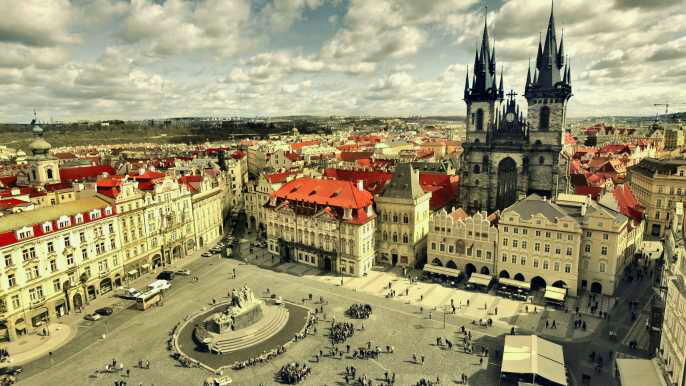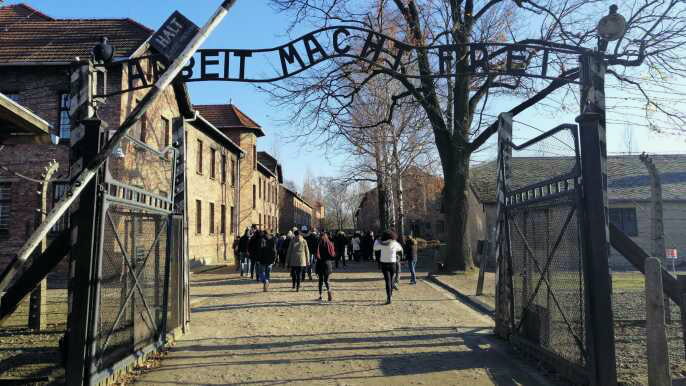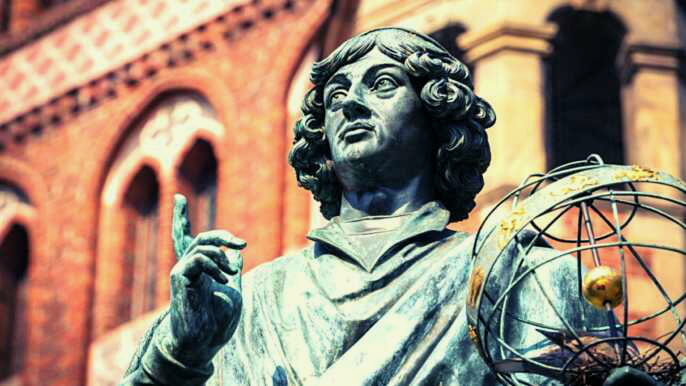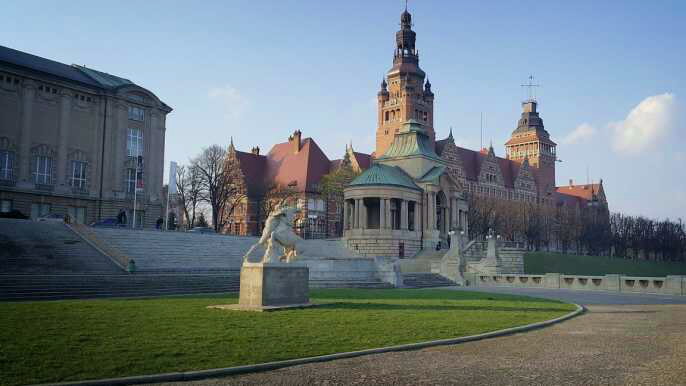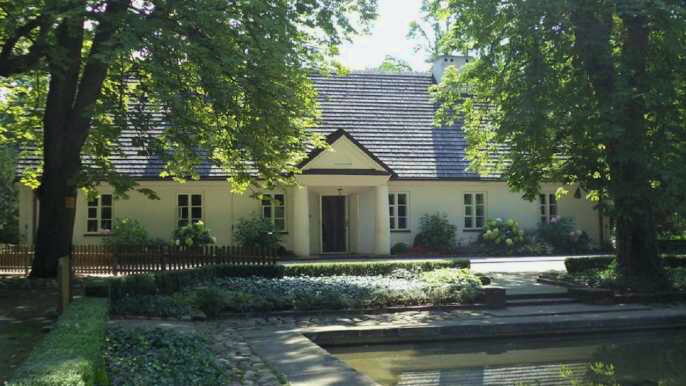With its vibrant medieval architecture, abundant natural beauty and affordable prices, Gdansk is one of Europe's hidden gems. Thousands of tourists visit this Polish city every year and it is easy to see why.
A trelliswork of streets skirts tall patrician and merchant tenements, while hulking gates defend landward and water-side entrances. The Royal Way cuts to Gdansk's core with a host of top monuments.
1. The Upland Gate (Brama Wyzynna)
The Upland Gate (Brama Wyzynna) is the first of the four gates on the Royal Route, and was where Kings were granted the key to the city. The main passage on both sides features stone sculptures symbolising Peace, Freedom, Wealth and Fame.
After passing through the Upland Gate, King processions would proceed along Dluga Street (ulica Dluga) and admire a series of magnificent buildings. One of the most beautiful is Uphagen House, built for councillor Jan Uphagen, and now houses one of the most famous museums in Gdansk.
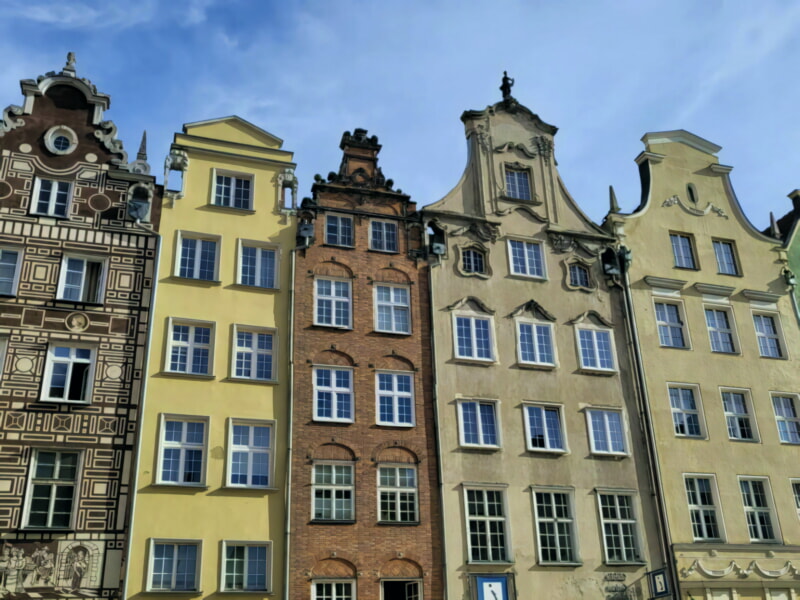
2. St. Nicholas Church
The edifice, which was spared devastation during World War II, is a symbol of the cultural diversity of Gdansk. It is a place where we find icons of saints from Spain, Italy, Portugal, France and Peru among others.
The church is also the oldest in Gdansk. It was erected in the 12th century, built in wood and then reconstructed in brick by Dominicans who arrived here in 1227.
The building is an example of Orthodox veneration, as a parish church it has a cloister compound that was added to it in 1348. The interior is richly decorated with early Baroque fittings and is largely untouched by the war.
3. The Great Mill
Located on a man-made island in the Radunia canal, the Great Mill was built in the 14th century by the Teutonic Order. In its heyday it produced 200 tons of flour daily.
During World War II the building was severely damaged. Since then it has served multiple purposes and currently hosts a shopping centre and a museum.
Another interesting sight in Gdansk is the European Solidarity Center, a 5-storey building that looks like a rust-coloured ship’s hull. This museum tells the story of the Solidarity movement and how it led to a democratic transformation in Central and Eastern Europe.

4. Jan Heweliusz Monument
Gdansk is Poland's largest Baltic port and a major centre of trade. It has been a member of the powerful Hanseatic League since 1361, a factor that shaped its economic and architectural history.
One of the city's most interesting attractions is the Jan Heweliusz Monument, which celebrates a Polish scientist who revolutionized astronomy and was born in Gdansk. He was also the inventor of the first mercury thermometer, which is now a key part of the Fahrenheit scale.
5. The Old Town Hall
Located in the Main Market Square, Gdansk’s 400-year-old Old Town Hall is one of the city’s finest gothic-renaissance buildings. Unlike the rest of the Old Town, this impressive building was spared from war damage and still features its original interiors.
A 256-foot high tower, topped by an 80-meter-tall clocktower, is the crowning glory of this Gothic-Renaissance masterpiece. Take a climb to the top for unsurpassed views over the entire city.

6. Gradowa Hill
The hill is a great place to get a panoramic view of the city. The best time to climb it is during the evening when you can see the cranes at the shipyard and taller skyscrapers.
Gdansk is a dynamic city with many attractions and interesting activities for tourists. It is a must-see destination for people who want to experience the beauty of Poland and its history.
There are a lot of things to see in Gdansk, but one thing that is unique about the city is its old town. This old town was reconstructed after World War II to look like it did before the war.
